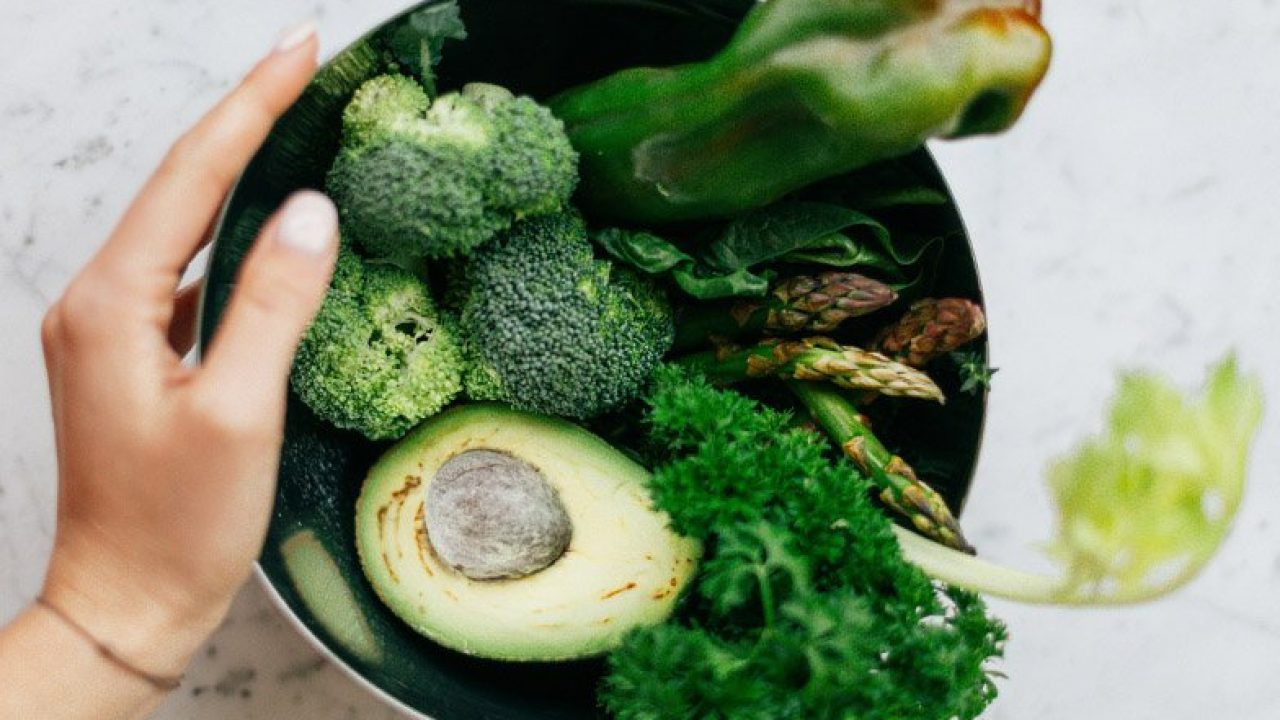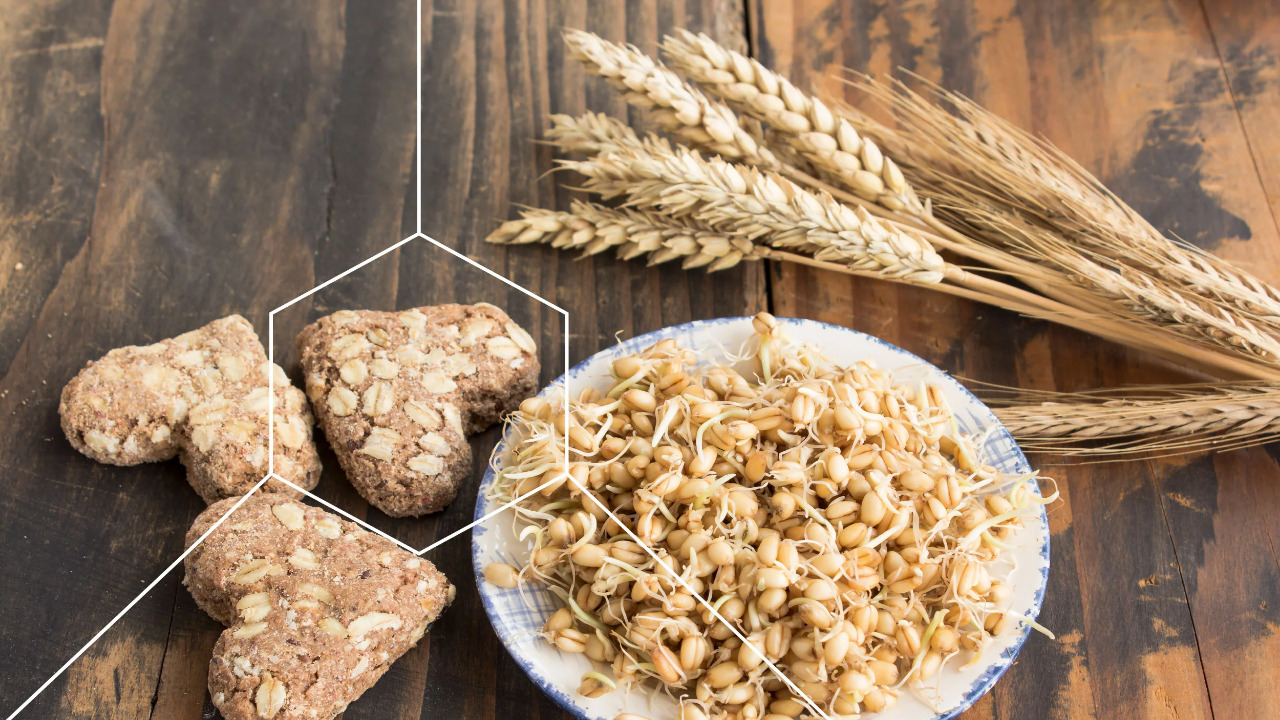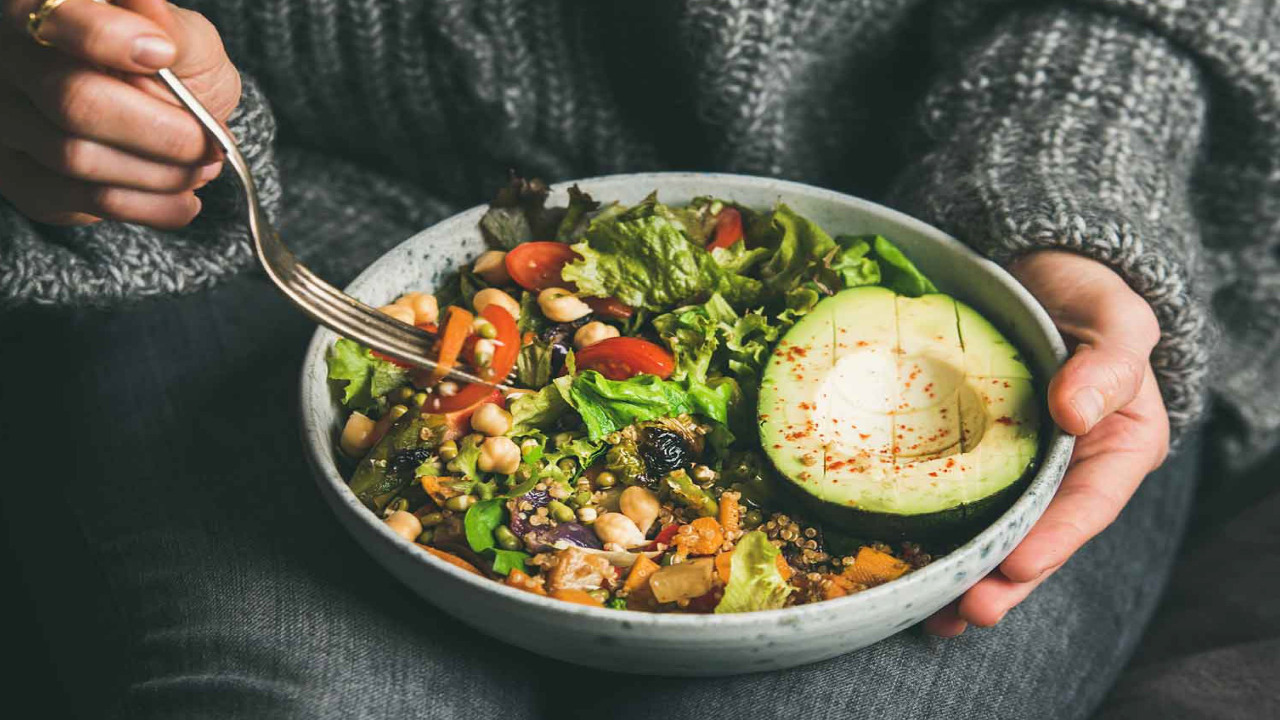Spermidine is a polyamine compound that is naturally present in many foods. Research has shown that consuming foods that are rich in spermidine can have a variety of health benefits, including promoting cellular health, enhancing cognitive function, and potentially even extending lifespan. In this article, we will explore which foods are rich in spermidine and provide some tips on how to include them in your diet.
Foods Rich in Spermidine

Spermidine is found in a variety of foods, including fruits, vegetables, and animal products, and also in supplements. For more supplements, view our products.
Some of the foods that are particularly high in spermidine include:
Wheat germ

Wheat germ is the embryonic part of the wheat kernel and is rich in many nutrients, including spermidine. In fact, wheat germ is one of the best dietary sources of spermidine, with around 20 milligrams of spermidine per 100 grams of wheat germ.
Soybeans

Soybeans are another rich source of spermidine, with around 15 milligrams of spermidine per 100 grams of soybeans. Soybeans are also a great source of protein, fiber, and other nutrients.
Mushrooms

Mushrooms are a good source of spermidine, with around 10 milligrams of spermidine per 100 grams of mushrooms. Different varieties of mushrooms may have slightly different levels of spermidine, but all are good sources of this compound.
Spinach

Spinach is a nutritious leafy green vegetable that is rich in many nutrients, including spermidine. It contains around 8 milligrams of spermidine per 100 grams of spinach.
Broccoli

Broccoli is another nutrient-dense vegetable that is rich in many vitamins, minerals, and other nutrients, including spermidine. It contains around 6 milligrams of spermidine per 100 grams of broccoli.
Peas

Peas are a good source of protein, fiber, and other nutrients, and they also contain a moderate amount of spermidine. They contain around 4 milligrams of spermidine per 100 grams of peas.
Cheese

Cheese is a good source of protein and calcium, and some varieties of cheese also contain significant amounts of spermidine. For example, Parmesan cheese contains around 4 milligrams of spermidine per 100 grams of cheese.
Including Spermidine-Rich Foods in Your Diet

Now that you know which foods are rich in spermidine, you may be wondering how to include them in your diet. Here are a few tips:
- Add wheat germ to your breakfast: Wheat germ is a versatile ingredient that can be added to many breakfast foods, such as yogurt, oatmeal, or smoothies. You can also sprinkle it on top of cereal or granola for an extra nutrient boost.
- Incorporate soybeans into your meals: Soybeans can be used in a variety of dishes, such as stir-fries, salads, or soups. You can also snack on roasted soybeans for a protein-rich snack.
- Cook mushrooms as a side dish: Mushrooms can be sautéed, roasted, or grilled as a delicious side dish. They can also be added to pasta dishes or used as a pizza topping.
- Add spinach or broccoli to your meals: Spinach and broccoli can be used in a variety of dishes, such as salads, soups, or stir-fries. You can also roast them in the oven or steam them as a side dish.
- Snack on peas: Peas make a great snack on their own, or they can be added to salads, soups, or stir-fries for an extra boost of nutrients.
![[OL TEH BLOG]](https://solteh.net/wp-content/uploads/2020/01/cropped-06f943d4-cape-town-1.jpeg)
